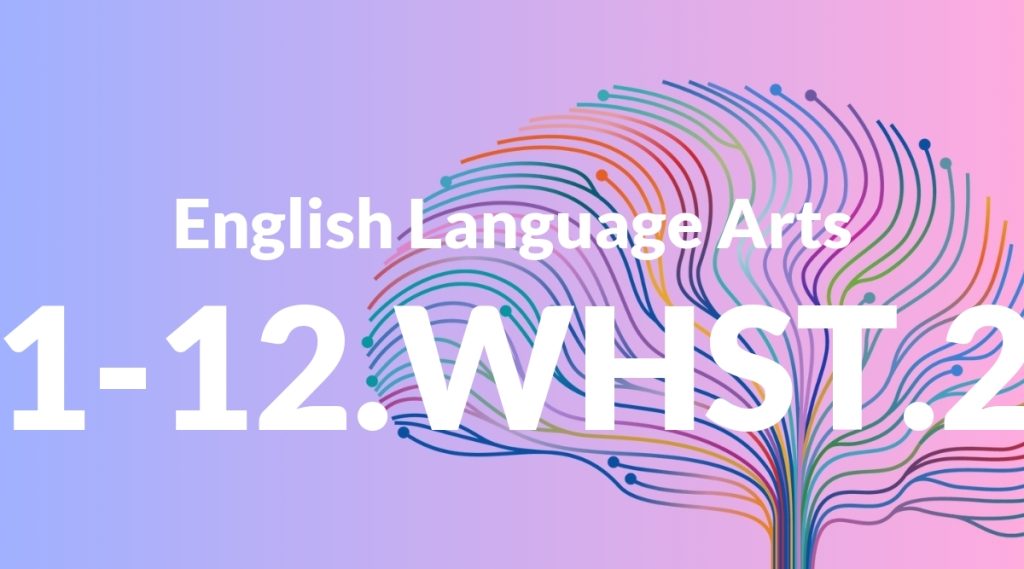Standard: 11-12.WHST.2e – Provide a concluding statement or section that follows from and supports the information or explanation provided (e.g., articulating implications or the significance of the topic).
Grade level: Grade 11-12
Subject: English Language Arts
Domain: Writing: History, Science & Technical Subjects
Teacher Overview
This standard focuses on teaching students to provide effective concluding statements or sections in their writing. It is crucial because a well-crafted conclusion helps to reinforce the main ideas and provides a sense of closure, enhancing the overall impact of the writing. Before tackling this standard, students should be comfortable with the basic structure of essays and the purpose of each section, especially the introduction and body paragraphs.
After mastering this standard, students will be able to write coherent and impactful conclusions that enhance the overall quality of their essays. They will also be better equipped to critically evaluate their writing and make improvements.
Common Misconception 1
One common misconception is that a conclusion is simply a summary of the essay. This is incorrect because a conclusion should also provide insight into the significance of the topic and its broader implications.
Intervention 1
To address this misconception, provide examples of effective conclusions that go beyond summarizing and discuss their implications. Encourage students to practice writing conclusions that reflect on the importance of their topic.
Common Misconception 2
Another common misconception is that new information or arguments can be introduced in the conclusion. This is incorrect because a conclusion should only synthesize the information already presented.
Intervention 2
To remediate this misconception, teach students to focus on synthesizing their main points and reflecting on their significance rather than introducing new arguments. Provide practice exercises that emphasize this skill.
Prerequisite Knowledge
Students should understand how to structure a basic essay, including an introduction, body paragraphs, and transitions. They should also be familiar with the purpose and elements of a thesis statement.
Subsequent Knowledge
Students will develop the ability to critically evaluate their own writing and others’ writing for coherence and effectiveness. They will also learn advanced techniques for synthesizing information and presenting it in a compelling manner.
Instructional Activities
- Analyze sample conclusions from various essays and discuss their effectiveness.
- Practice writing conclusions for different types of essays.
- Peer review sessions focusing on the concluding sections of essays.
- Reflective writing exercises on the significance of their essay topics.
- Workshops on synthesizing information and articulating implications.




